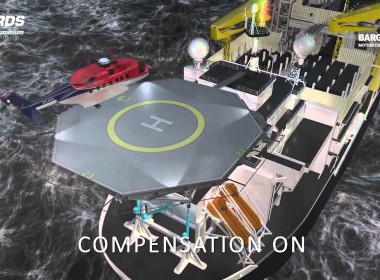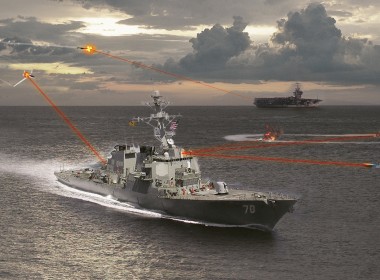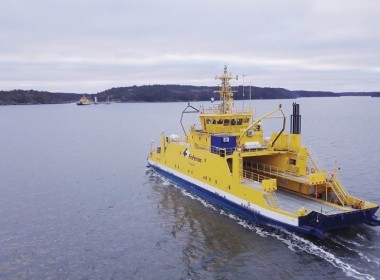COLUMN: Training on the cheap [The Bow Wave]
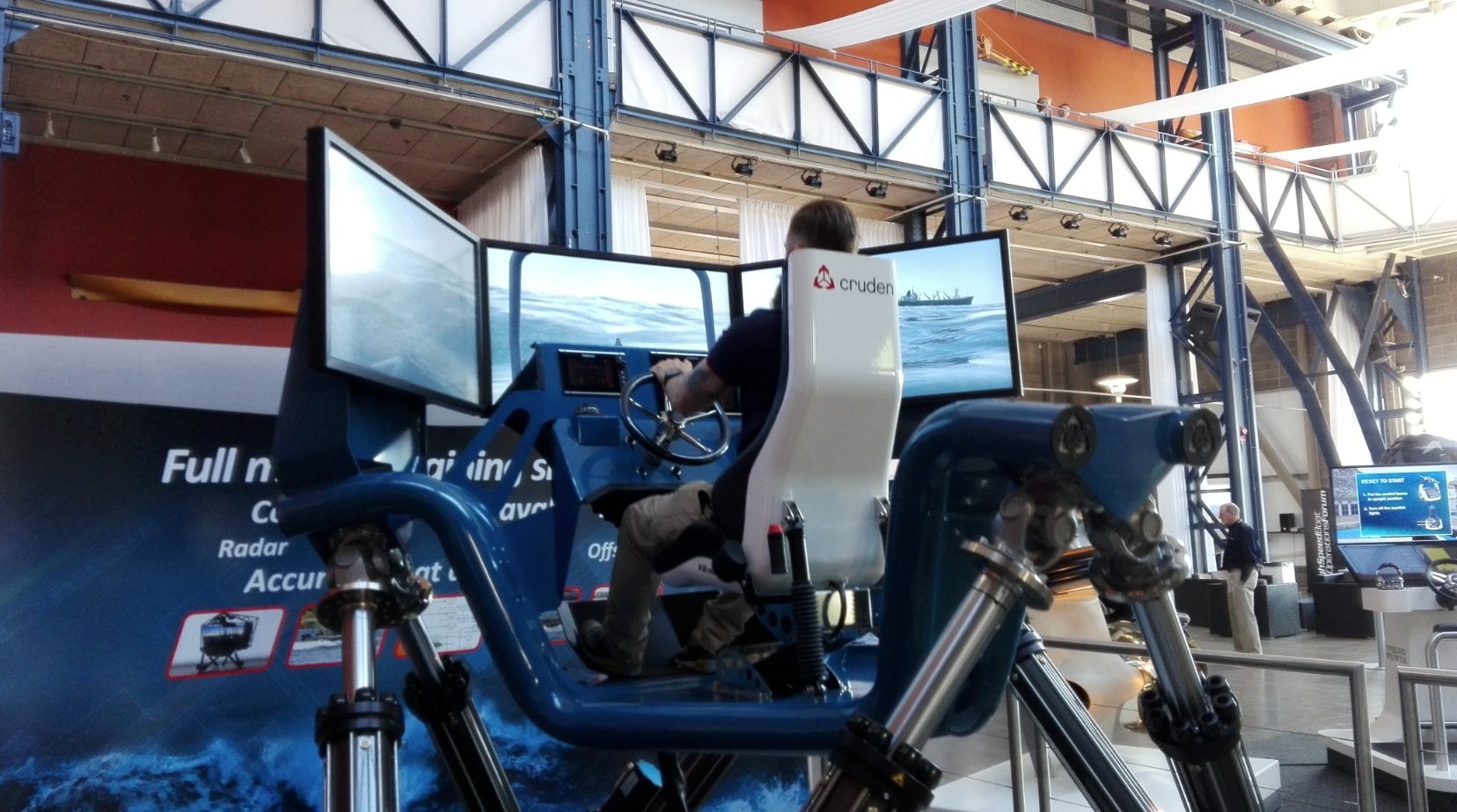
Last year I was fortunate to attend the excellent High Speed Boat Operations Forum in Gothenburg in Sweden. It was three days of playing around with a large selection of the fastest and meanest high speed boats that are available to government patrol, assault and rescue duties.
A common theme at the event was the high cost of training in terms of wear and tear on the vessels and propulsion systems that occurs when realistic training is being undertaken. The boats need to go out into the rough waters and be slammed, so that the crew can get a feel for how their bodies, and the boats, will react. But too much slamming results in welds failing and composites delaminating, significantly shortening the useful lifespans of the boats.
In addition to the boats failing over time, there is also the problem of the instructors receiving excessive shocks and impacts, particularly to their knees and spine, which can result in early retirements as well as costly health problems ever after.
Whilst there I was able to have some hands on experience with full-motion simulator from Dutch company Cruden. The user is strapped into a suspension seat that is mounted on a platform along with three screens, a steering wheel and a throttle. This platform is in turn mounted on an arrangement of hydraulic cylinders that allows the entire unit to be shaken around, representing the slamming and banking that a vessel operator would experience in a real assault craft.
The other advantage with the full-motion simulator is that the instructor doesn’t have to be up on the platform with the student, they can be seated at a monitoring station a couple of metres away where they can keep an eye on all the inputs that the student is making to the vessel operation.
The student and instructor will still go out in a boat to experience the real thing, the advantage of the simulator is that it allows the students to push their limits without having to worry about damaging equipment, or potentially killing themselves.
A full motion simulator that can throw the student around is a nice piece of kit, but the question needs to be asked, is it really necessary to replicate a full high-gee impact with the simulator? What if a smaller knock, or a more gently tilt turns out to be sufficient?
The Cruden system is definitely a high-end solution with the price to match. It will save money compared to using real boats all the time, but with a price tag in the hundreds of thousands of euros, is there a cheaper option?
Consumer-grade full-motion chairs have been available for the wealthier members of the public for some years now with prices dropping quite significantly in recent years. These chairs are set up similar to the Cruden system but on a much smaller scale with hydraulic cylinders that extend perhaps 15cm at most, as opposed to more than a metre for the full size system.
Various companies are using these consumer level units as semi-motion simulators for flight training and even advanced driving with numerous F1 and rally car racing teams using the simulators for training. A top level unit with all accessories from a company such as CKAS Mechatronics, Simworx or Atomic Motion Systems can be purchased for well under US$100,000 with low operating costs.
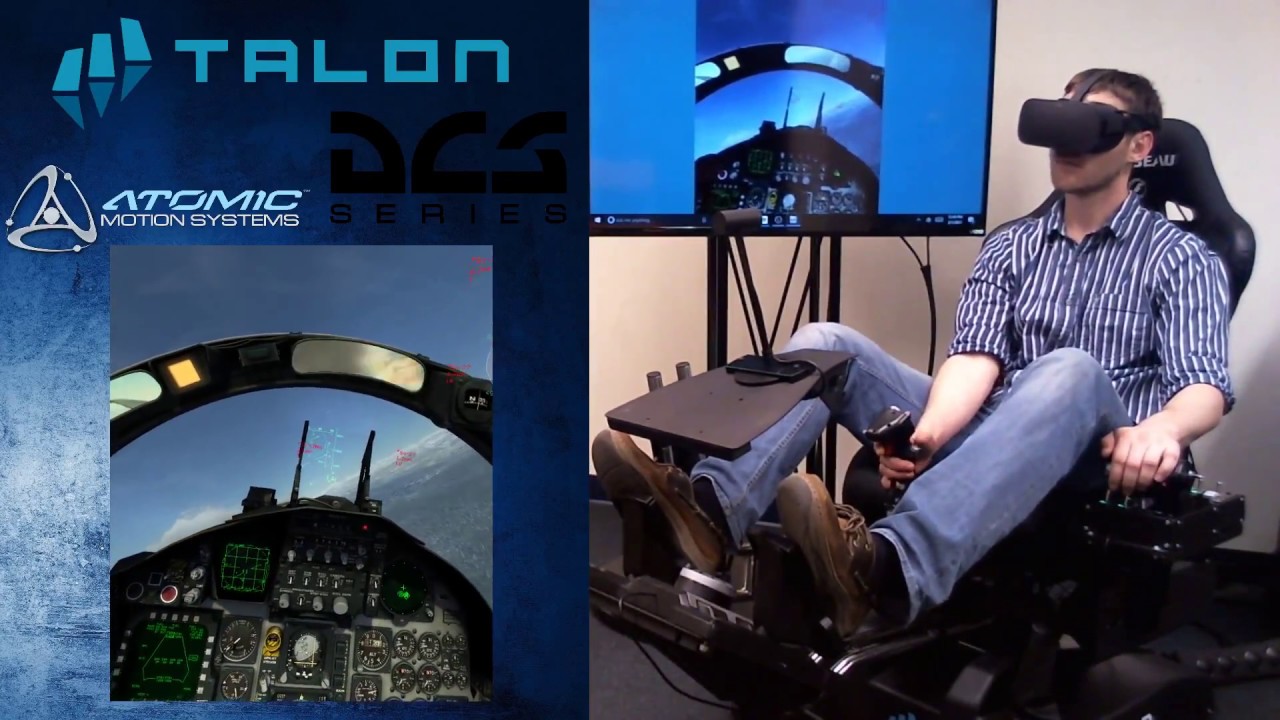
Some of the consumer systems are compatible with the Oculus Rift virtual reality goggle units, allowing the operator to look in any direction with the image projecting onto the goggles. One criticism of the Cruden unit, which uses three large monitors, was that because you can’t see the tubes of the simulated RIB beside you, it is difficult to judge your distance when practicing coming alongside other craft. Using a virtual reality headset, the operator simply turns their head and the tubes come into view. Any reader that has the opportunity to experience a virtual reality demonstrator is highly encouraged to do so.
Many of the consumer systems are designed to integrate with popular recreational flight and driving simulators. The Atomic Motion System mentioned above is compatible with PowerBoat GT, a powerboat racing game and possibly a base software that could be adapted to the needs of assault boat operators.
A piece of consumer software that has already made the transition from home computers to the military is Virtual Battlespace, a first-person software that was developed from the popular military simulators Operation Flashpoint and Armed Assault.
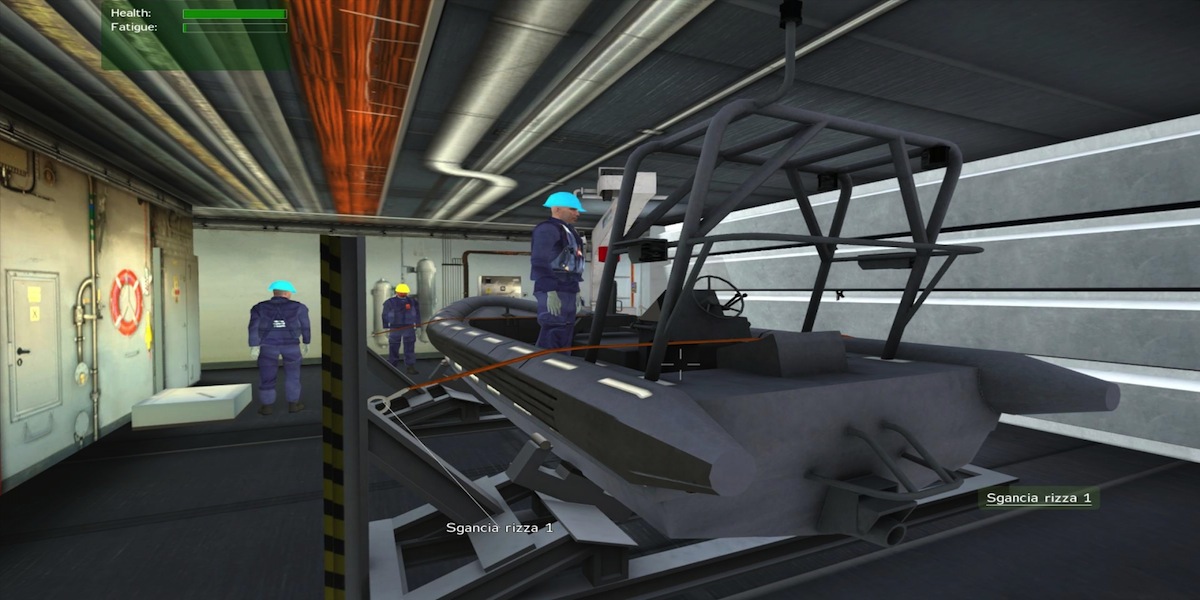
The US and Australian militaries were the first to use it as a squad training simulator for practicing clearing towns of enemies on foot, however its implementation of vehicles has seen it used as a base software in full-motion tank and armoured personnel carrier simulators, helicopter crew-chief simulators and even a free-fall parachute simulator.
The Royal New Zealand Navy currently uses the latest version of the software in a training simulator for operators of the Phalanx close-in-weapons-system that is installed on their ANZAC-class frigates and the Italian Navy uses it to train crew who deploy fast RIBs from naval craft.
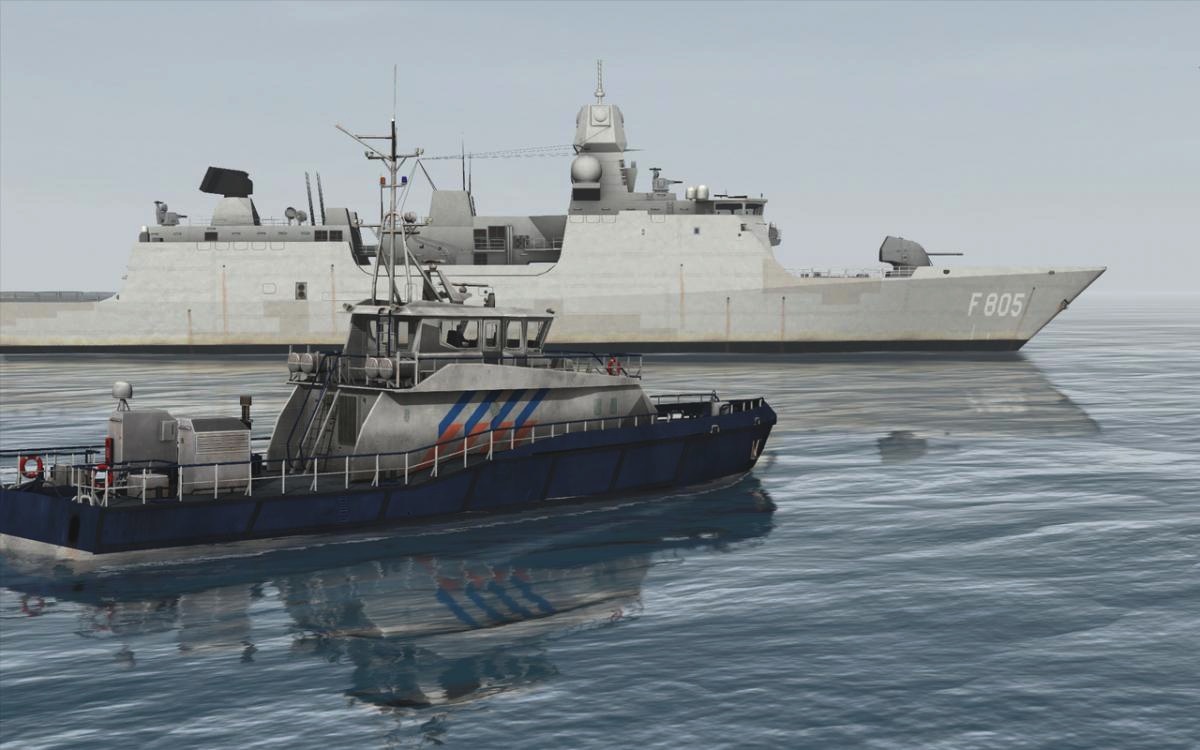
Integrating a RIB operator simulator into the RIB-deployment simulator would be a relatively simple exercise considering the underlying software is the same, and enable the RIB operator to practice interacting with the deploying crew in a safe environment.
The equipment and software options that are available aren’t just suitable for the military world. The systems could easily be adapted to training rescue craft and pilot boat operators who need to keep their rough weather skills finely honed. Given the tight budgets that so many of these organisations face, often funded through donations in the case of rescue groups, consumer simulators could well become the fiscally responsible option.
Any comments or perhaps you’ve come across something interesting? Feel free to contact me at [email protected]


